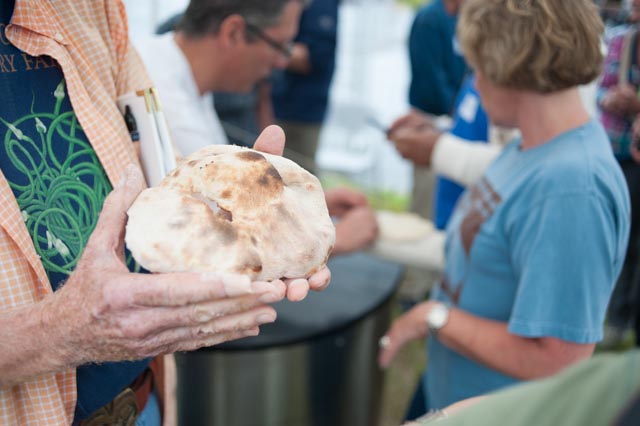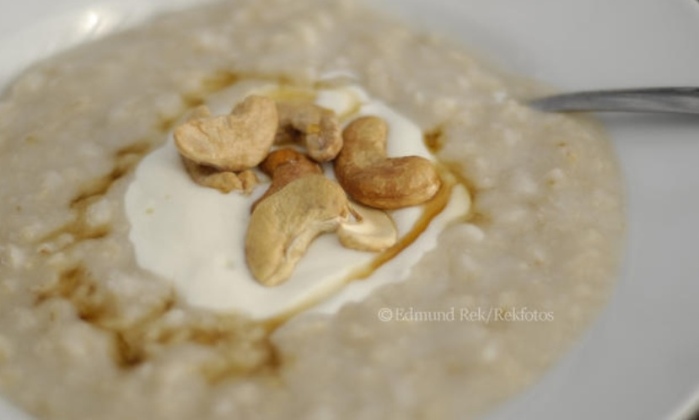
Evelyn’s Crackers participated in the Kneading Conference again this year. Co-teaching three workshops with Naomi Duguid: Crackers, Tandoor Baking and Grain Tasting was like a homecoming seeing many of the familiar faces of fellow lecturers and attendees. The conference draws some of the best talent in bread baking, oven building and anything related to dough or grains (even rice this year) making the event one not to miss.
We owe thanks a group of Skowhegan residents who were motivated to address wheat production as an important cornerstone of a growing local food movement. The first Kneading Conference was held in July of 2007 in the heart of Somerset County,
“where wheat production fed over 100,000 people annually until the mid-1800′s. Reviving wheat varieties that succeed in Maine’s climate is not only a realistic goal, but a critical one in light of rising transportation costs and the recognition that food security must rely on local farms. By bringing together the diverse stakeholders who collectively can rebuild lost infrastructure and create demand for local and regional grain systems – farmers, millers, bakers, chefs, wheat researchers – on-the-ground plans take shape. In Maine, the Kneading Conference has been the impetus for start-ups amongst a growing cluster of grain related businesses.” http://kneadingconference.com/
Multiple workshops were going on simultaneously and the images below capture only a fraction of the offering from the Kneading Conference. The open venue is airy and relaxed. One can mingle from one class to another and serves as a model for the Kneading Conference West coming up in September near Seattle, Washington and other agricultural areas interested in reviving local farming heritage.




Sour dough bagels waiting to be baked for a few minutes before being flipped.






Rye bread dough ready to be shaped.





